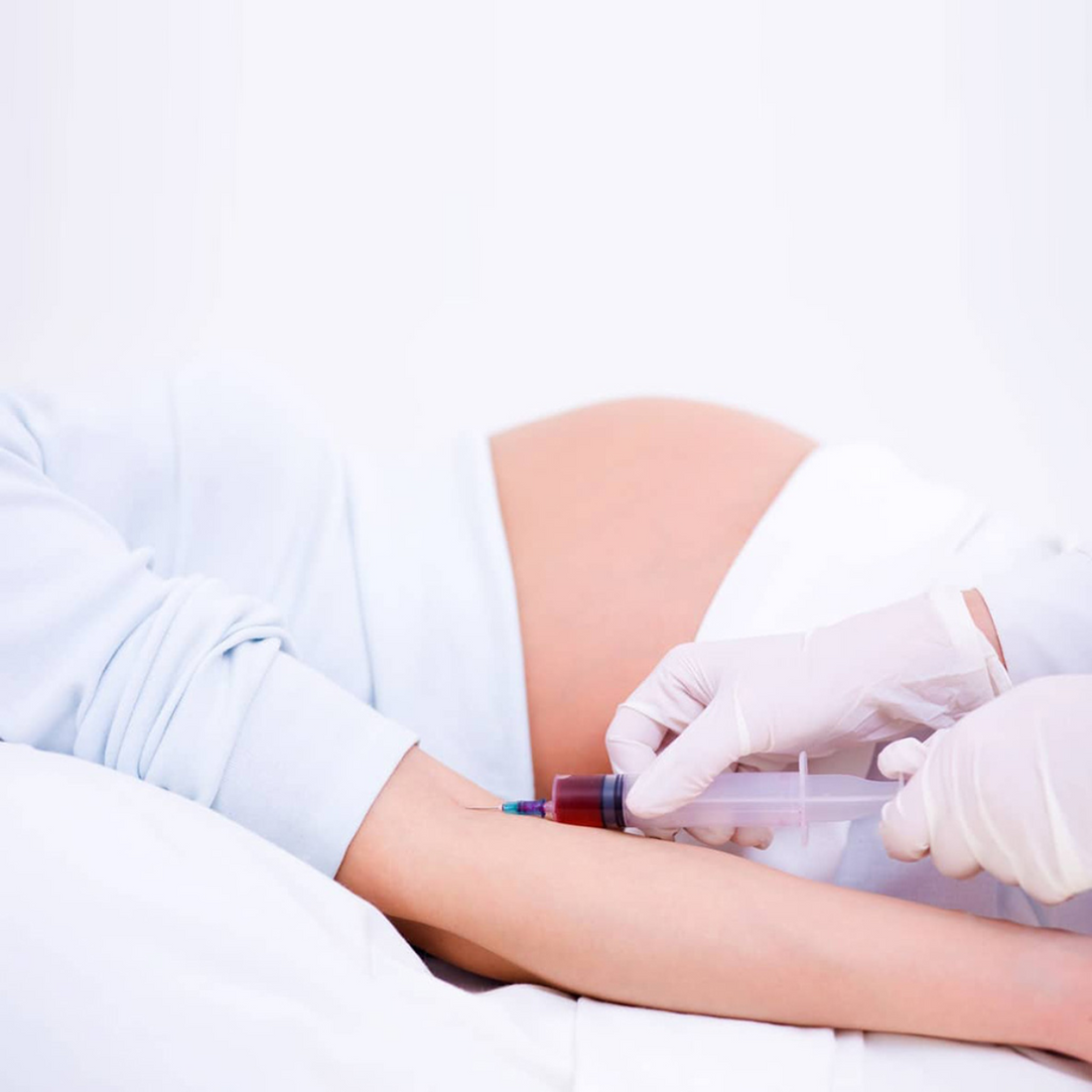RAD9A
Description
The RAD9A (RAD9 checkpoint clamp component A) is a protein-coding gene located on chromosome 11.
RAD9A is a protein involved in cell cycle checkpoint control. It is a human homolog of the yeast protein Rad9, which is essential for cell cycle arrest and DNA damage repair in response to DNA damage. RAD9A possesses 3' to 5' exonuclease activity, which contributes to its role in sensing and repairing DNA damage. It forms a complex with Rad1 and Hus1, known as the 9-1-1 complex, which is recruited to sites of DNA damage by the checkpoint protein Rad17. This complex plays a role in triggering the checkpoint-signaling cascade and is involved in DNA base excision repair.
RAD9A is a key component of the 9-1-1 checkpoint complex, playing a crucial role in DNA repair. The complex is recruited to damaged DNA by the RAD17-replication factor C (RFC) clamp loader complex, acting as a sliding clamp platform for proteins involved in long-patch base excision repair (LP-BER). This complex stimulates DNA polymerase beta (POLB) activity by enhancing its affinity for the 3'-OH end of the primer-template and stabilizing POLB at LP-BER sites. It also promotes endonuclease FEN1 cleavage on substrates with various flap structures and DNA ligase I (LIG1) activity on LP-BER substrates. The 9-1-1 complex is essential for recruiting RHNO1 to sites of double-stranded breaks (DSB) during the S phase. RAD9A exhibits 3'-to-5' double-stranded DNA exonuclease activity.
RAD9A is also known as RAD9.

